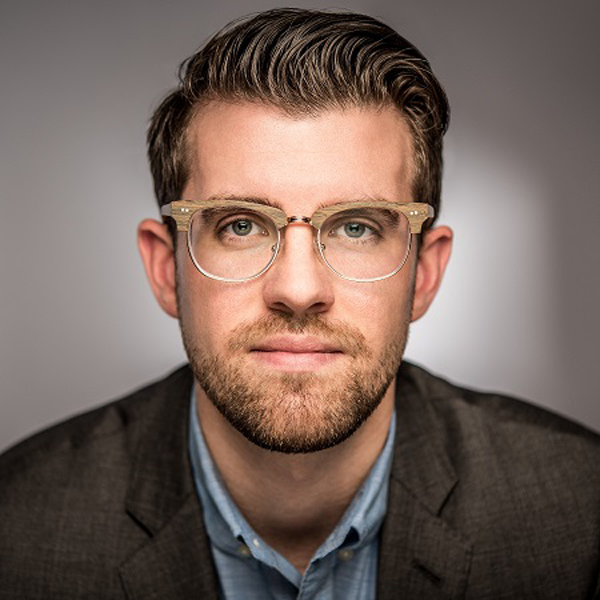Takeaway
Speaking up to end conversion therapy is fulfilling one of our fundamental oaths: primum non nocere—first do no harm.

| May 9, 2019 | 2 min read
By Carl G. Streed Jr., MD, MPH, Boston Medical Center
When Mayor Pete Buttigieg said, “if you could have offered me a pill that could make me straight, I would have swallowed it before you could give me a swig of water,” my heart ached, because I too recall the desire to “be normal.” And then I was moved to rage knowing that so many, like Buttigieg, had been taken advantage of when they were most vulnerable.
As a primary care provider focused on the health and well-being of lesbian, gay, bisexual, transgender, and queer (LGBTQ) patients, I am very aware of the false claims and pervasive effects of sexual orientation and gender identity change efforts, generally known as conversion therapy. Conversion therapy is the pseudoscientific practice of trying to change an individual’s sexual orientation and/or gender identity to that of straight and cisgender using psychological or faith-based interventions. Thankfully, the 2018 release of Boy Erased and The Miseducation of Cameron Post have thrust the realities of this modern-day quackery into the world’s conscience.
With this increased public awareness, we have managed to slowly shutter this harmful practice, but conversion therapy continues to be allowed in many states. And even if we could ban conversion therapy for minors, some adults may voluntarily seek conversion therapy.
As such, clinicians must be aware of the effects of conversion therapy including:
1.) Depression
2.) Anxiety
3.) Low self-esteem
4.) Internalized homophobia and transphobia
5.) Self-blame
6.) Intrusive imagery
7.) Sexual dysfunction
There is a high likelihood that survivors of conversion therapy may need treatment for post-traumatic stress disorder and post-religious trauma. Critically, we must recognize that patients who have gone through conversion therapy may not volunteer relevant information and may go out of their way to conceal their participation, especially if they perceive clinicians as unwelcoming of LGBTQ patients.
Therefore, beyond ending conversion therapy, we as clinicians must actively foster greater social acceptance of people of all gender identities, gender expressions, and sexual orientations. Working to build supportive communities and to eliminate negative social attitudes through education will reduce health disparities and improve the health and well-being of all sexual and gender minority individuals.
As a clinician and researcher focused on the unique healthcare needs of LGBTQ patients and families, I witness firsthand how harmful family and social rejection can be. I have cared for patients who continue to suffer the consequences of conversion therapy. As such, speaking up to end conversion therapy is fulfilling one of our fundamental oaths: primum non nocere—first do no harm.

